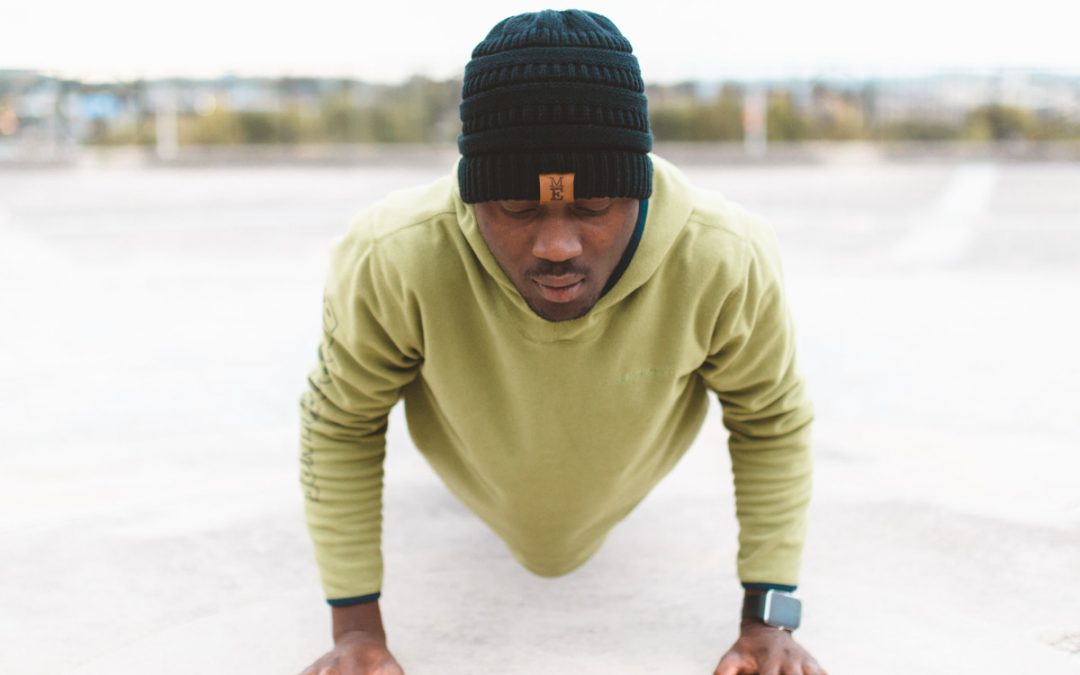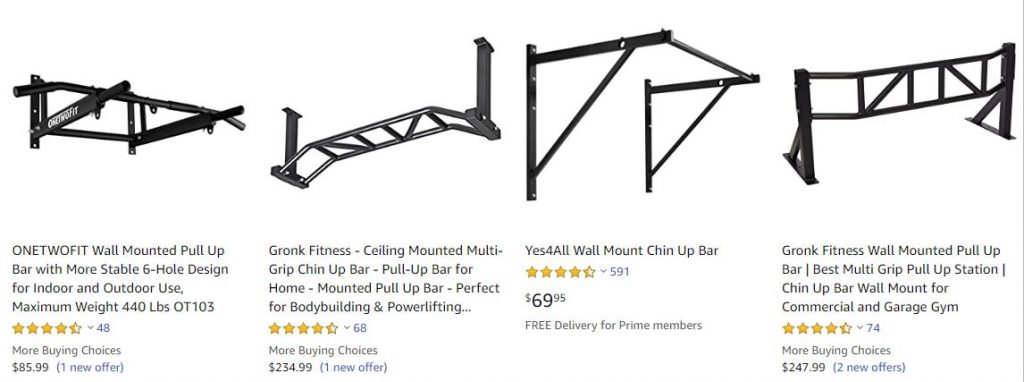Program Name
Start Bodyweight
Price
Free
Author
Janvier, Nick
Primary Goal
Strength
Secondary Goal
Hypertrophy
Special Focus
None
Program Length (in weeks)...really it's to be run indefinitely, however, it typically takes 13 weeks to master a progression
Training Days (per week)
Average Session Length (in minutes)
Primary Equipment
Bodyweight (though it would be best to have a pullup bar, and preferably a dip station of some kind).
Specialty Equipment
None
Novice Friendly?
Yes
Prerequisite Skills
- None
Program Overview
The Start Bodyweight program evolved from Nick Janvier’s original program, Bodyweight666 (a reference to the program’s progression, not the mark of the beast…I’m assuming).
It’s a program designed for nearly any trainee, regardless of training experience or access to equipment (or the lack thereof; as the name implies, the vanilla version focuses exclusively on bodyweight resistance training).
The program is, at its core, very simple. It’s essentially the same workout routine repeated indefinitely, at least with regard to movement patterns and structure. Exercises within the routine change once the trainee successfully completes three sets of eight reps (3×8) of the given exercise variation. Upon doing so, they progress to a more difficult exercise representing the same movement pattern (e.g., Bulgarian split squats progress to airborn lunges).
Here’s a breakdown of the basic routine:
| Movement/Exercise Variation | Sets and Reps (1-2 minute rest between sets) |
| Warmup | 10 minutes |
| Squat | 3×4-8 |
| Pullup | 3×4-8 |
| Handstand pushup | 3×4-8 |
| Leg raise | 3×4-8 |
| Pushup/Dip (alternate pushups and dips each workout; never do them on the same day) | 3×4-8 |
| Horizontal pull | 3×4-8 |
| Plank | 30-60 seconds |
| Stretching | 10 minutes |
Now, those of you thinking, “I can’t do a pullup…how am I going to do this program?”, fear not. This program revolves around progressing to more difficult exercises, and starting at a variation of the exercise/movement variation that you can do.
There are 8-14 different exercise variations for each movement pattern. For example, in the case of pullups, a total novice may begin with a leg-assisted pullup, but eventually reach the ability to complete three sets of one arm pullups (after working many months, perhaps years, through 12 other pullup variations).
Here’s a list of all the progressions on Nick’s site
The progression:
First, for each exercise, test your performance until you find a variation where you can complete ~4 reps. Now, regress to the previous variation, and work up from there.
Example: If you max out at four solid pullups during testing, you’ll begin the program with half-pullups (the variation that precedes full pullups).
You’ll begin the program with three sets of 4 reps (3×4), and add one additional rep (but no more than one rep) every time you do the routine.
Completing the routine three times a week as designed, your progression should look something like this (note: every exercise follows the same pattern):
- Week 1, Workout 1 / Half pullups: 4,4,4
- Week 1, Workout 2 / Half pullups: 5,4,4
- Week 1, Workout 3 / Half pullups: 5,5,4
- Week 2, Workout 1 / Half pullups: 5,5,5
- Week 2, Workout 2 / Half pullups: 6,5,5
- …
- Week 4, Workout 2 / Half pullups: 8,8,8
- Week 4, Workout 3 / Full pullups: 4,4,4
- …
By insisting on the slow incremental progression (one rep at a time), you’re hedging your bets against plateuing. That said, progress is bound to stall at some point in any program. There may come a time when completing 3×4 of the next exercise progression is just too difficult.
In such a case, Nick recommends:
- Continuing the progression schedule up to 3×12 in the same incremental fashion.
- If you still can’t complete 3×4 after progressing via the former method, shoot for 3×3, and move from there.
Other considerations:
The program also features optional ancillary exercises; those that offer optional progressions outside of the vanilla routine. Each ancillary exercise has a prerequisite requirement before attempting.
For instance, before working on the dragon flag, the trainee must be able to also complete a leg lift plank, a regular pullup, and hanging bent leg v-raises.
Each workout begins with a dynamic warmup, and ends with a 10 minute static stretching session. Examples of both are detailed on the site.
Optional equipment
Technically, the program isn’t bodyweight only…you do need something to work the pullup variations on (rings are also an option mentioned in the resource material), and depending on how far you are in the horizontal pull variations, a suspended handle (e.g., something similar to TRX) might be necessary. Other than that, you can work through the entire program with virtually no equipment.
Having said that, one of the common shortcomings of bodyweight only training is the ability to stress the posterior chain (glutes, hamstrings, lower back, spinal support musculature). There are certainly workarounds for this issue, however, Nick encourages those who wish to add deadlifts or kettlebell swings to the program to do so.
Program Variation
Every program reviewed on Threestormfitness.com is going to emphasize proper sleep and nutrition for performance goals, but especially for aesthetic goals; that’s a given, and Nick acknowledges this as well.
With that said, he also discusses modifying the program to tailor to hypertrophy (muscle growth) by working in the 8-12 rep range (as opposed to the classic 4-8, where strength is the primary factor).
He also discusses modding to 3-5×15+ reps if muscular endurance and hypertrophy are the goals.
More details on program customization (also includes use of supersets, HIIT incorporation and different split configurations) can be found on the routine customization page.
Reviews
While this post largely focuses on the negative aspects of the routine, it is still one of the best resources available for bodyweight training on the web.
There are always minor quibbles with programs, but with Starting Bodyweight I don’t really have any. Its issues are really just the properties of any effective strength routine: it will kick your ass at first, it will take about a month before you really start feeling good about your progress, it’s easy to get tempted to overdo it.
If you’re looking to get fit/drop some pounds, keep up with the cardio and forget about the strength portion; you can work on building muscle after you’ve cut down quite a bit. The bodyweight workouts will shape you while you drop weight, but it surely won’t bring the same muscle as loading up an olympic bar with weights and squatting/benching/deadlifting etc.
Resources
- Startbodyweight.com (program website)
- Infographic “poster” of the program
- Nick Janvier’s resources that he lists on startbodyweight.com
- Some things that suck about startbodyweight.com and how to improve it (honest discussion/review about making potential improvements to the program)

Why settle for less? Recognized by Google Play, MacroFactor is trusted by over 200,000 users worldwide for its adaptive coaching and verified food database. Take the guesswork out of nutrition and start seeing results!
Enter code INDEED for an exclusive 14-day free trial. Discover MacroFactor's award-winning features.



